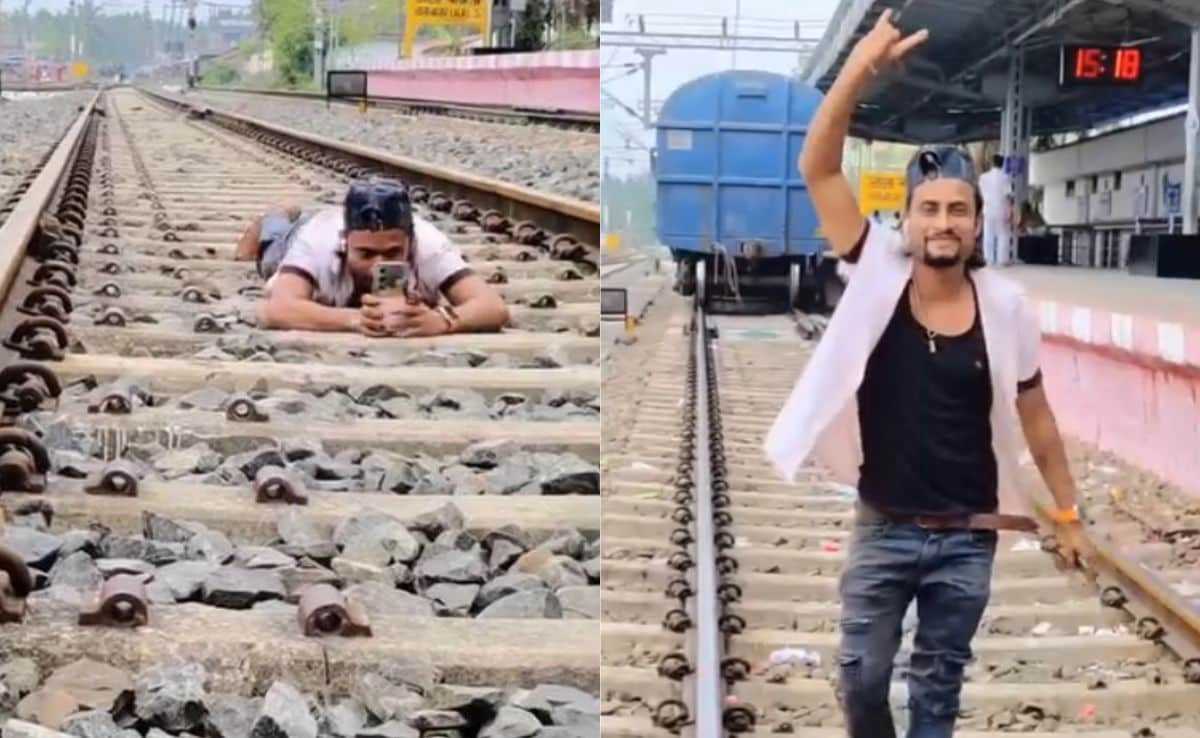The ongoing battle against Maoist insurgents has reached a critical juncture, leading many to speculate whether an endgame is in sight. However, despite the government’s significant efforts to combat this longstanding issue, a core group of key figures still operates in the shadows, effectively prolonging the conflict. These individuals, often referred to as the “shadow leaders” of the Maoist factions, possess extensive experience and strategic acumen that allow them to evade capture while continuing to influence operations on the ground. Their presence complicates the narrative of progress against the insurgency and raises questions about the effectiveness of current counter-insurgency strategies.
Among the 15 notable figures still in the fray, several have orchestrated attacks and maintained communication networks that facilitate the movement of resources and personnel. These leaders are adept at leveraging local grievances and discontent, ensuring the Maoist ideology remains relevant among disenfranchised communities. Even as the government claims victories, the resilience of these shadowy figures can be attributed to their understanding of the socio-political landscape, which enables them to exploit vulnerabilities within the state’s approach to governance and security.
As the state intensifies its operations against these insurgent groups, it becomes evident that a multifaceted strategy is necessary for a lasting resolution. Merely focusing on military might may not suffice; addressing the root causes of discontent—such as poverty, unemployment, and lack of access to education—will be crucial in undermining the ideological appeal of the Maoists. Engaging with local populations through development initiatives and dialogue may help to diminish the support base that these shadow leaders rely upon. The path ahead remains fraught with challenges, but understanding the intricate dynamics of this conflict is essential for crafting effective policies aimed at dismantling the Maoist insurgency once and for all.
In conclusion, while there may be optimism regarding the potential for an end to the Maoist insurgency, the presence of key figures within the movement highlights the complexity of the situation. Their ability to navigate through the shadows complicates the efforts of the government and security forces, necessitating a more comprehensive approach. Only by addressing both the immediate security concerns and the underlying issues that fuel the insurgency can a meaningful and sustainable resolution be achieved. The coming years will be pivotal in determining whether the state can finally turn the tide against these persistent adversaries or if the conflict will continue to simmer, driven by the enduring influence of these shadowy leaders.




